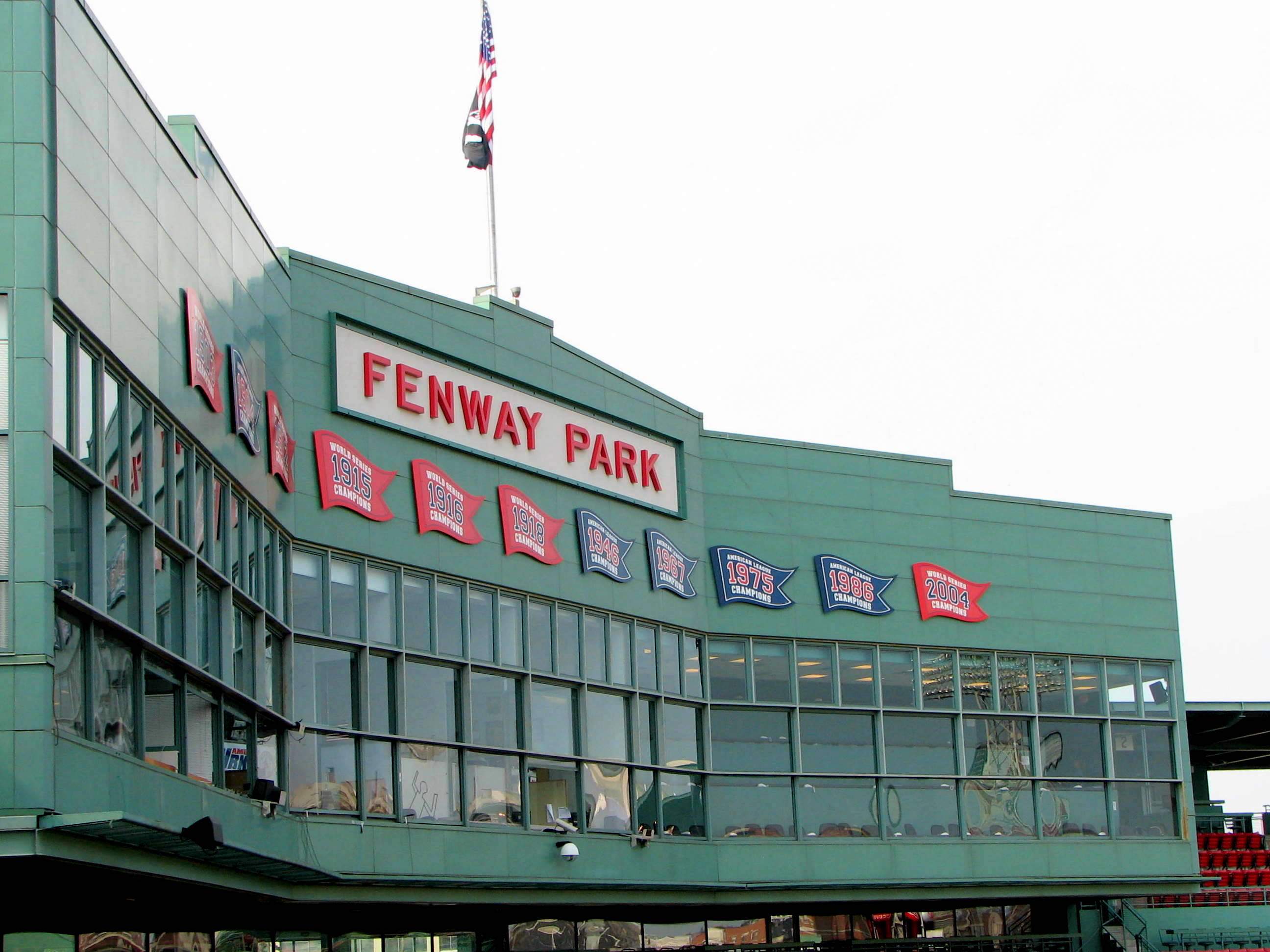I, like many others, was and remain a big fan of Ken Burns' nine-part, 18.5 hour Baseball documentary series when it came out 1993. That series was fascinating look at America's favorite pastime since its inception over 100 years ago to 1993. That series ended with the clear message that baseball had survived wars, depression, and scandal, but it always persevered. Ironically, when the series originally aired in 1994, baseball was in the midst of a players' strike. Eventually, the 1994 season, and the 1994 World Series, was canceled. So much for perseverence.
The past two evenings, Ken Burns returned to the documentary series to produce the tenth part (or inning) — an update of baseball since 1993. The four hour supplement aired on PBS Tuesday night and last night, and it was just as good as the original.
Burns, of course, addressed the 1994 players' strike and the impact on the game. Casting it quite accurately as a fight between millionaires (the ballplayers) versus billionaires (the owners), the documentary captured the disgust of the fans who seemed to say "a pox on both your houses" and left the game in droves.
He followed the resurgence of baseball over the next couple of years, sparked by Cal Ripken, Jr., quietly and poignantly breaking Lou Gehrig's "unbeatable" record of most consecutive games played. Baseball's popularity came into full swing with the McGuire-Sosa home run derby battle in 1998, where Roger Maris' 61-homers-per-season record was shattered.
He also did a nice segment on the rise of latino players in the game, particularly those from the Dominican Republic, where — even today — the only way to escape a life of total poverty is to be able to hit or pitch, so it has become a country where baseball is more important than, well, anything.
But of course, you can't do a documentary about baseball from 1993-present without talking about the common thread lurking underneath, and then finally dominating, the game: steroid use. The film did a good job in reminding the audience that steroid use was, throughout the nineties and much of this past decade, perfectly legal. And to the extent that it was immoral — well, everybody (owners, players, and the sports press) just turned a blind eye.
Why in 1998 did two players surpass Maris' home run record of 61 home runs — and not just surpass it, but blow it out of the water? Smaller ballparks? Who really believed that? It was the performance-enhancing drugs.
And of course, there was Barry Bonds, who eventually came along and stole the home run record from McGwire (hitting 73 of them in 2001, when nobody was paying attention because of 9/11) and taking the all-time home run record from Hank Aaron (ultimately hitting 762 by the end of the 2007 season, although nobody cared because we all know that Bonds spent most of his career doped up on steroids).
Is the game of baseball – a game where so much enjoyment comes from comparing the present players, through statistics, to those with the past — forever tainted because steroids, until their ban, gave so many players (like, 70-80% of them) such an advantage for such a long period of time?
The film says "no" and concludes that most fans have made their peace with the steroid era. Yes, many fans will never acknowledge, for example, that Bonds is the home run king — and that's fine, but the point is, they are still fans. And I can go along with that.
Of course, the best part of them film was the 2004 World Series winning Red Sox, which got close to a full 20 minutes. Burns focused (as he should) not on the 4-0 World Series blowout, but on the American League playoffs where the Sox came back from a 3-0 deficit to sweep the Yankees.
Good times.

